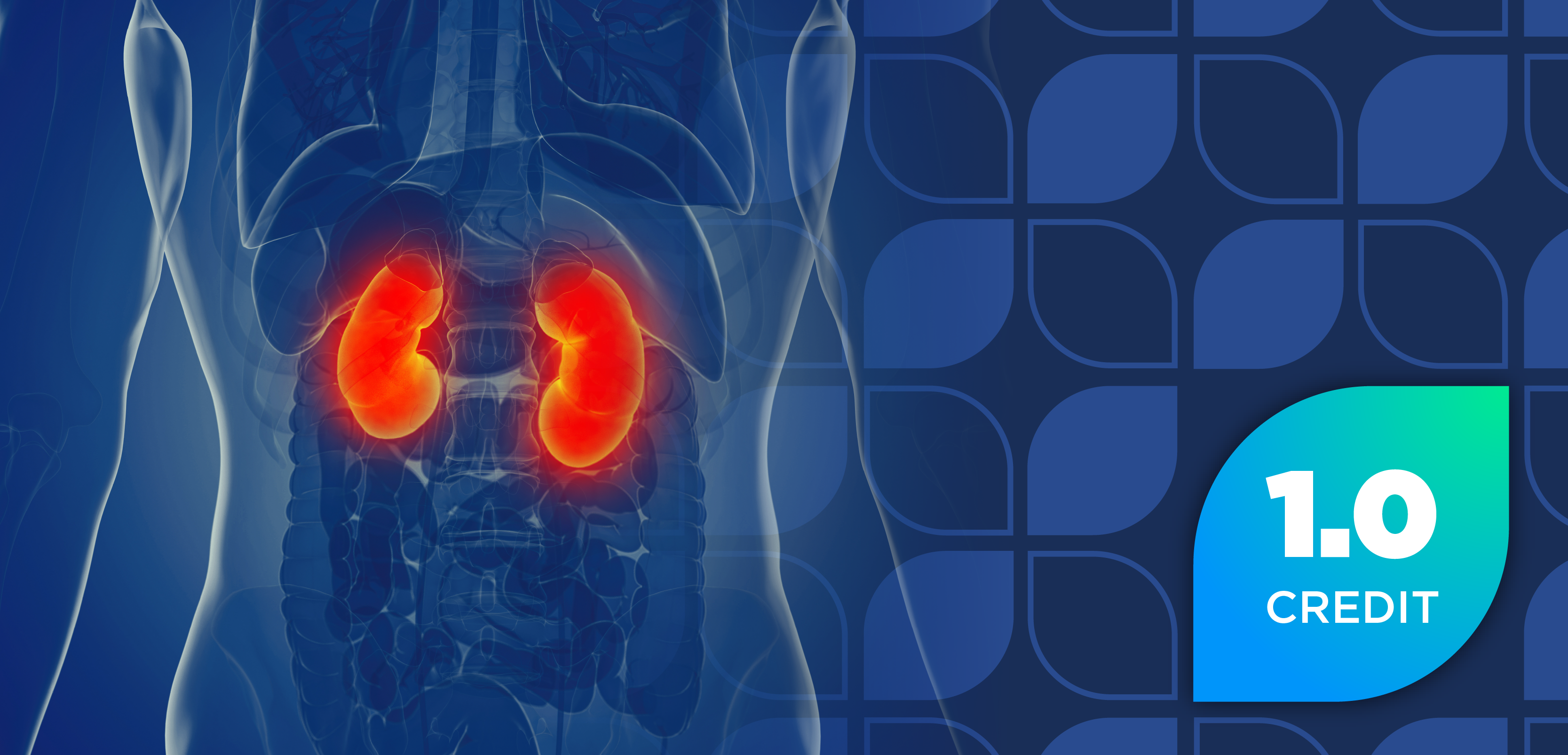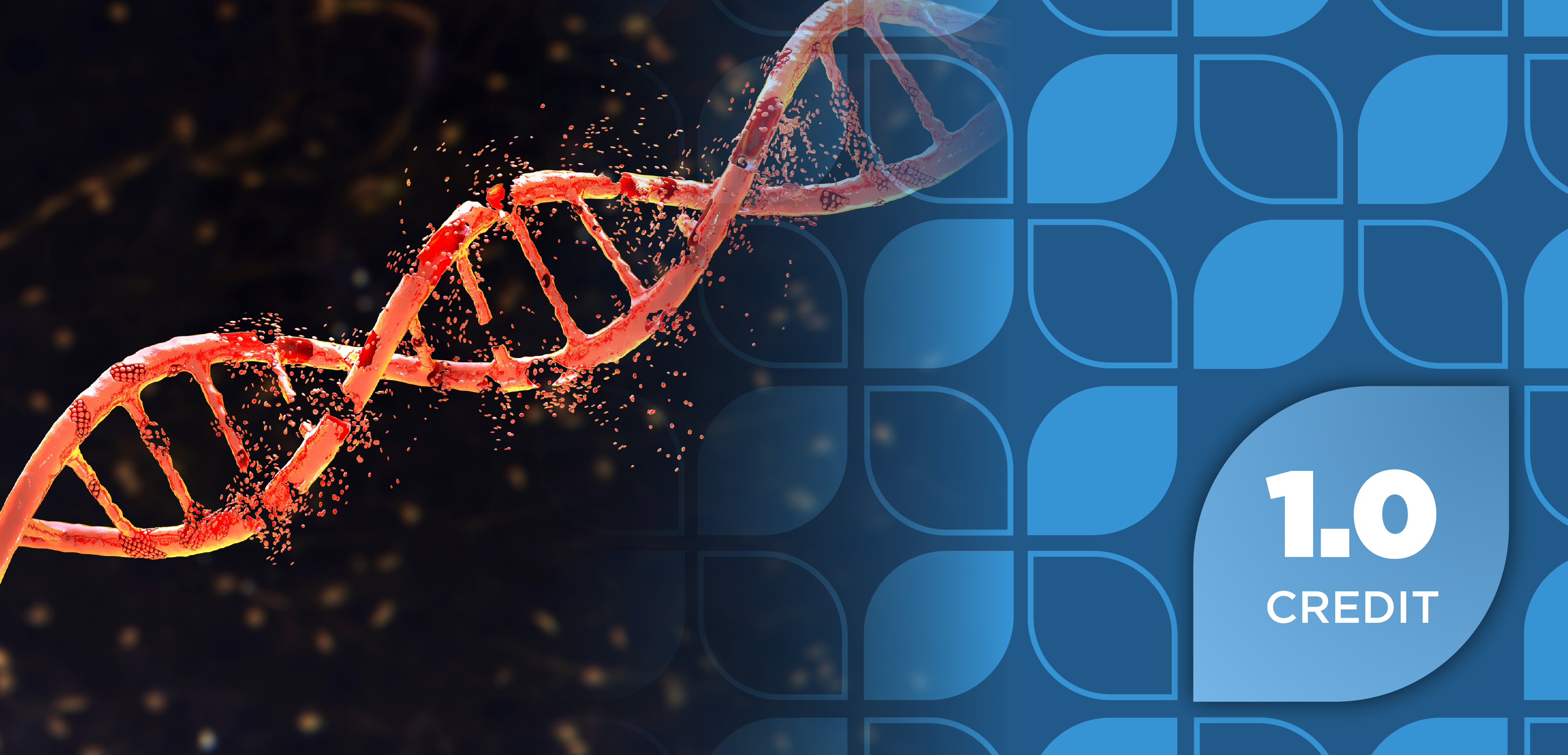
Understanding Appetite-Controlling Amylin Receptors Could Aid Development of Future Weight Loss Drugs
Key Takeaways
- Amylin, a hormone controlling appetite and blood glucose, activates 3 distinct brain receptors, potentially aiding obesity treatment.
- Amylin receptors (AMYRs) consist of a calcitonin receptor and 1 of 3 RAMP proteins, each with unique properties.
A better understanding of the activation of amylin receptors is a step forward for developing new drugs.
New study findings reported by researchers from the University of Oklahoma demonstrated that amylin, a hormone that controls appetite and blood glucose by activating 3 different receptors in the brain, could aid obesity. The study authors, who published their findings in the journal Science Signaling, noted that a better understanding of the activation of amylin receptors is a step forward for developing new drugs.1,2
“This paper shows the new biochemical and pharmacological methods we developed that will enable the field, for the first time, to understand exactly what drugs in development do at each of the 3 amylin receptors,” Augen Pioszak, PhD, the paper’s senior author and associate professor of biochemistry and physiology at the University of Oklahoma College of Medicine, said in a news release.2
Overview of Amylin
As a peptide hormone, amylin suppresses appetite and makes an individual feel full. It is secreted from the pancreas, along with insulin, after an individual eats. It works by activating its receptors, called AMYRs, that are made up of 2 parts—a calcitonin receptor, along with 1 of 3 other proteins, RAMP1, RAMP2, or RAMP3. The amylin receptors in the brain relate to glucagon-like peptide receptor agonists (GLP-1s) that are used to treat overweight, obesity, and type 2 diabetes.1,2
“Amylin receptors are very complicated, and each has very different and unique properties. What we have discovered has eluded researchers for many years, and we believe our findings will advance drug development,” Pioszak said in the news release.2
Understanding Amylin Receptors for Weight Management
In their research, the investigators found that different types of AMYRs naturally exist in different forms, either as a pair or as 2 separate pieces, meaning that although they share a core component, the receptors have different subunits.1
They found that in AMY1R and AMY2R, the parts of the receptor were separate, but when adding certain hormones, they came together, causing the receptor to activate and start a cellular signal. However, because AMY3R was already stable, adding hormones had the opposite effect, causing parts of AMY3R to break apart.1
“There has been a lot of interest in the pharmaceutical industry for developing new obesity drugs,” Sandra Gostynska, a doctoral student in Pioszak’s lab who is the lead author of the paper and made the seminal findings, said in the news release. “What we have done is given the field new tools for understanding how a drug can affect amylin receptors.”2
The findings suggest that better understanding the activation of amylin receptors could lead to effectively controlling appetite and achieving greater weight loss with limited adverse effects because drugs could specifically target the uniqueness of these receptors.1,2
“We believe our findings will further the study of drugs because what pharmaceutical and biotech companies want to know is what their drug does at each amylin receptor,” Pioszak concluded. “Now we have a method of answering those questions that were previously unanswerable.”2
REFERENCES
1. Gostynska S, Karim J, Ford B, et al. Amylin receptor subunit interactions are modulated by agonists and determine signaling. Science Signaling. (2025).doi:10.1126/scisignal.adt8127
2. A breakthrough in understanding amylin could pave way for next generation of weight loss drugs. EurekAlert! News release. August 19, 2025. Accessed August 25, 2025. https://www.eurekalert.org/news-releases/1095252
Newsletter
Stay informed on drug updates, treatment guidelines, and pharmacy practice trends—subscribe to Pharmacy Times for weekly clinical insights.


























































































































































































































